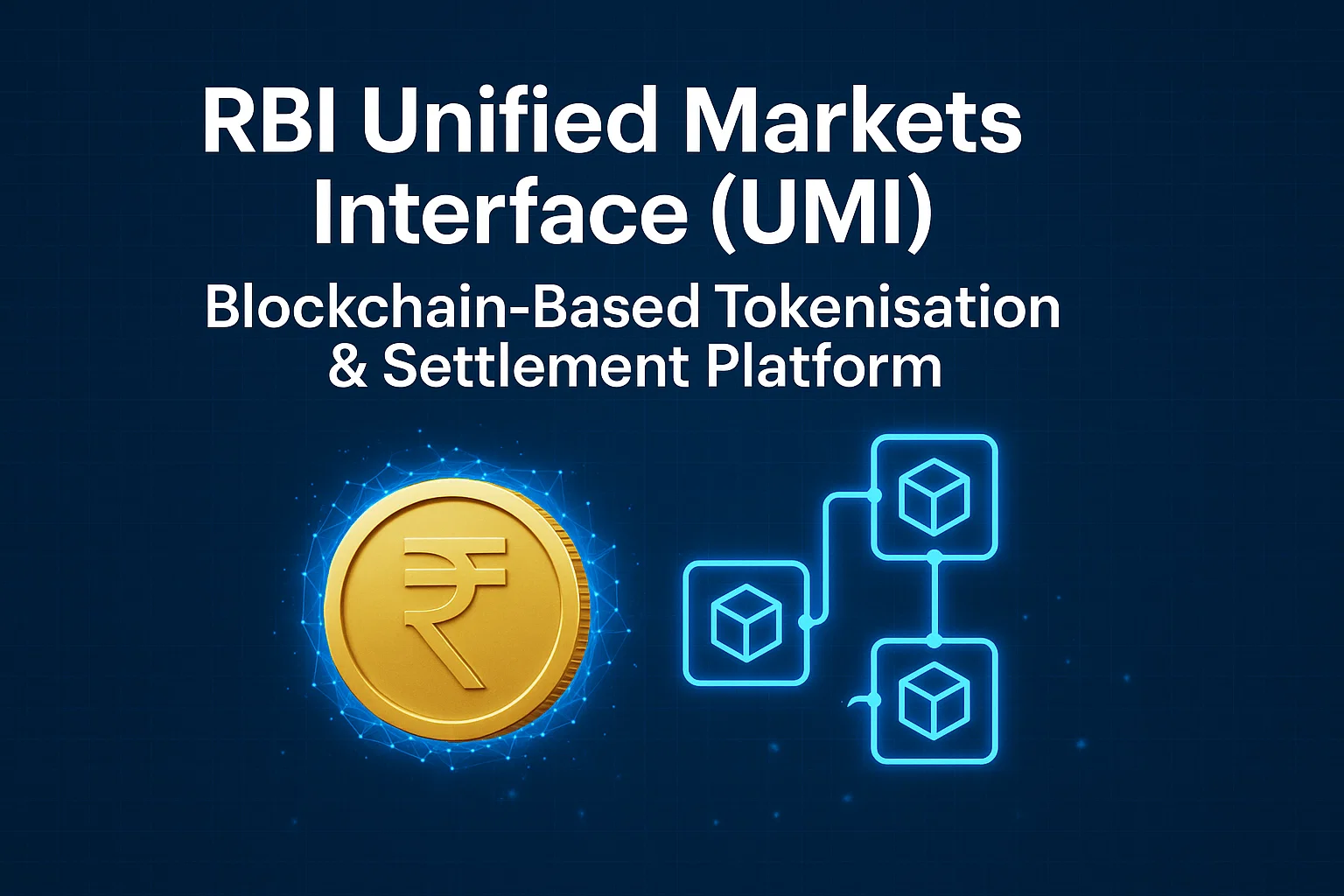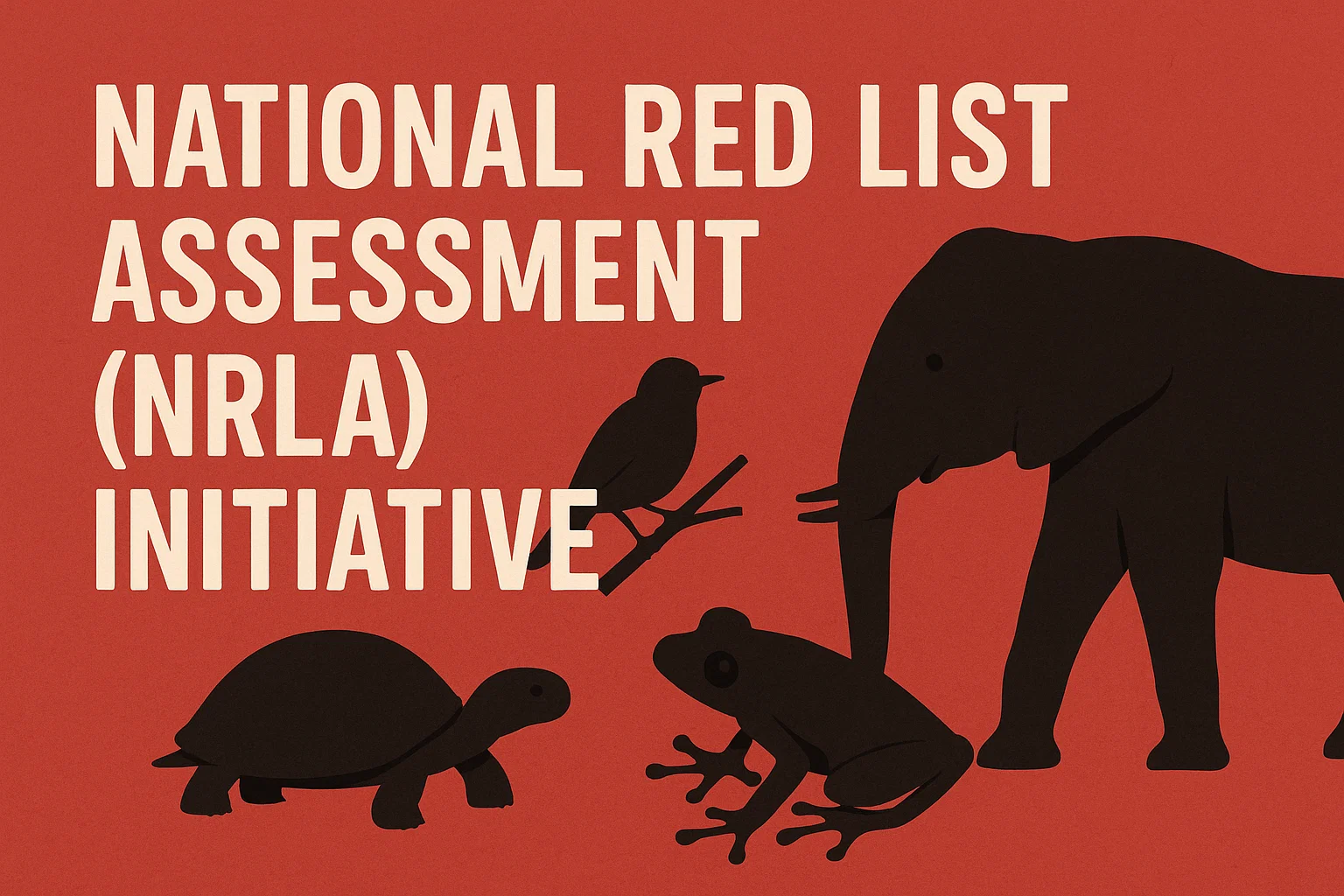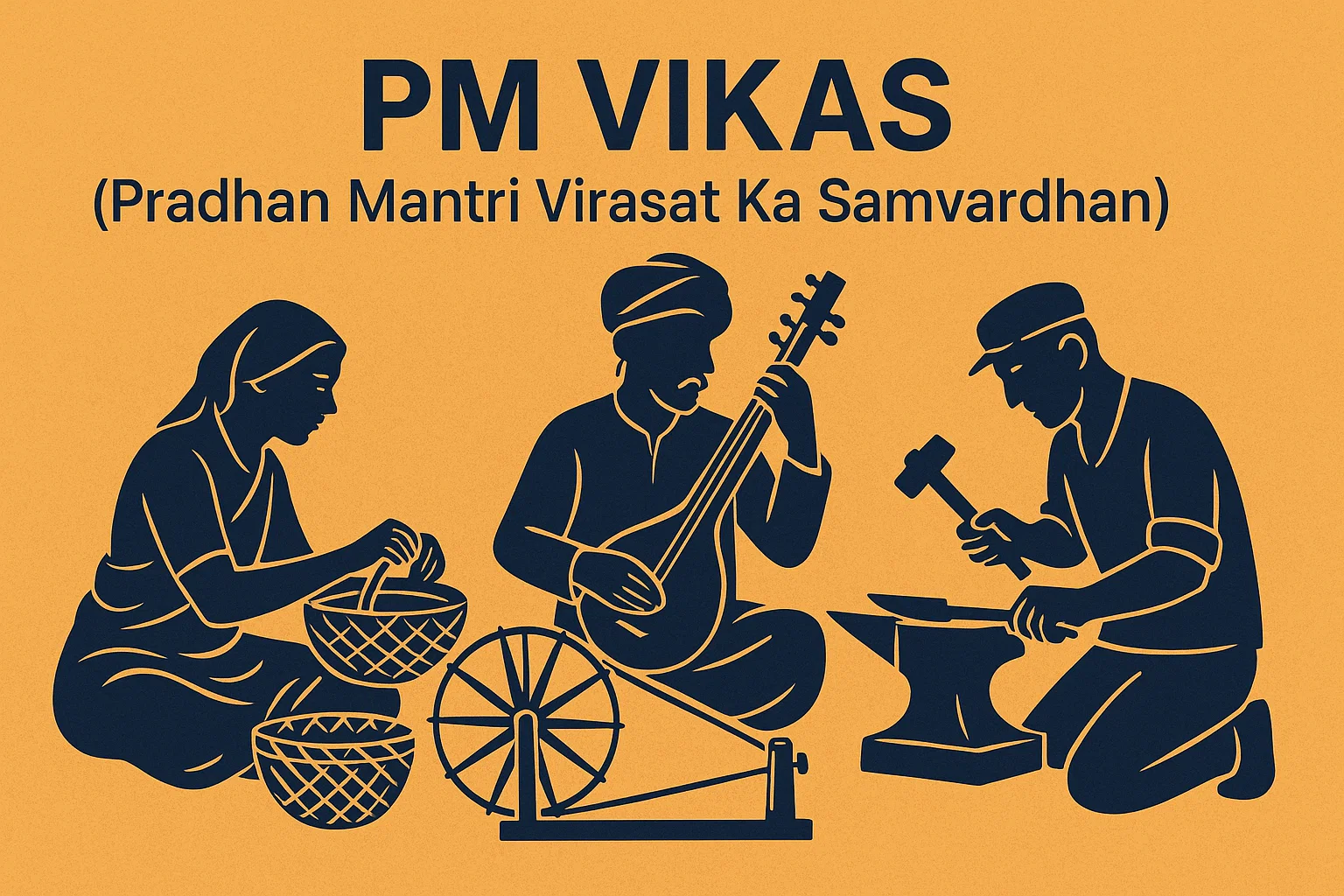RBI Unified Markets Interface (UMI) – Blockchain-Based Tokenisation & Settlement Platform
India takes a major leap towards a digital-first financial ecosystem with the launch of the Unified Markets Interface (UMI), a blockchain-based platform enabling asset tokenisation and settlement through the wholesale Central Bank Digital Currency (CBDC).
Context
In a landmark step to modernise India’s financial architecture, the Reserve Bank of India (RBI) has announced the development of the Unified Markets Interface (UMI) — a next-generation, blockchain-driven infrastructure designed to tokenise financial assets and enable their settlement via wholesale CBDC.
This initiative reflects the RBI’s broader push towards digital innovation, transparency, and financial efficiency in line with India’s emerging role as a global fintech leader.
What is Asset Tokenisation?
Asset tokenisation is the process of converting ownership rights to a real-world asset — such as real estate, gold, government securities, or corporate bonds — into digital tokens recorded on a blockchain or distributed ledger. These tokens represent fractional ownership, making previously illiquid assets accessible and tradable in digital form.
Core Concept:
It is essentially the digital representation of tangible or intangible assets, allowing them to be divided, transferred, and tracked securely.
Key Benefits:
-
Fractional Ownership: High-value assets can be divided into smaller units, enabling retail investors to participate in previously inaccessible markets.
-
Enhanced Liquidity: Tokenised assets can be traded round-the-clock on digital exchanges, generating liquidity for traditionally illiquid markets.
-
Transparency and Efficiency: Blockchain provides an immutable record of ownership, while smart contracts automate settlements, dividends, and compliance.
-
Reduced Costs: Automation and digitisation of back-office processes drastically cut administrative and transaction expenses.
What is the Unified Markets Interface (UMI) and Why is it Significant?
The Unified Markets Interface (UMI) will serve as a blockchain-based unified infrastructure for the tokenisation, trading, and settlement of financial assets using the wholesale CBDC. It aims to integrate the currently fragmented capital market ecosystem into a single, seamless digital platform.
Significance:
-
Next-Gen Financial Infrastructure: UMI propels India into the global league of blockchain-based capital markets, providing a technologically advanced and secure system for financial innovation.
-
Central Bank Trust and Oversight: As an RBI-led initiative, it ensures credibility, systemic stability, and regulatory compliance, addressing the trust deficit often associated with private crypto-asset markets.
-
Settlement Efficiency: Integration with wholesale CBDC facilitates instant Delivery vs Payment (DvP) settlements, eliminating counterparty risk and freeing up capital for further market use.
-
Deepening Financial Markets: By reducing issuance and trading costs, UMI encourages broader participation by domestic and global investors, strengthening India’s bond, equity, and digital asset markets.
Role of the Account Aggregator (AA) Framework
The Account Aggregator (AA) framework is a crucial pillar of India’s digital financial infrastructure that complements the UMI by providing secure, consent-based data sharing among financial entities.
Key Functions and Synergies:
-
Credit Assessment: For tokenised debt or collateralised lending, AA offers a verified, holistic financial footprint, improving risk pricing and lending efficiency.
-
KYC and Onboarding: The AA system simplifies Know Your Customer (KYC) procedures for investors and institutions joining the UMI, accelerating digital onboarding.
-
Unlocking Value: Integrating AA with data from GSTN, insurers, and tax systems enhances financial inclusion, particularly for MSMEs, by creating innovative, tokenised credit and investment products.
Other Digital Innovations Launched
| Product Name | Description | Key Feature / Benefit |
|---|---|---|
| UPI HELP | AI-based Small Language Model (SLM) trained on payment data. | Enables users to check transaction status, raise complaints, and receive multilingual support. |
| IoT Payments with UPI | Embeds UPI into smart IoT devices. | Enables automated payments (e.g., vehicles paying tolls or fuel). |
| Banking Connect | Interoperable net banking system. | Allows seamless online payments across banks without switching apps. |
| UPI Reserve Pay | Allows blocking part of a credit line for UPI transactions. | Facilitates repeat online purchases using UPI with built-in credit support. |
Conclusion
The Unified Markets Interface (UMI) signifies a strategic milestone in India’s journey towards digitally integrated, blockchain-enabled capital markets. By combining tokenisation, CBDC-based settlement, and data-driven innovation via the Account Aggregator framework, the RBI is redefining the future of financial intermediation.
Together with allied digital tools such as UPI HELP, Banking Connect, and IoT-integrated payments, UMI marks India’s entry into a new era of efficient, transparent, and inclusive digital finance.
Subscribe to our Youtube Channel for more Valuable Content – TheStudyias
Download the App to Subscribe to our Courses – Thestudyias
The Source’s Authority and Ownership of the Article is Claimed By THE STUDY IAS BY MANIKANT SINGH




